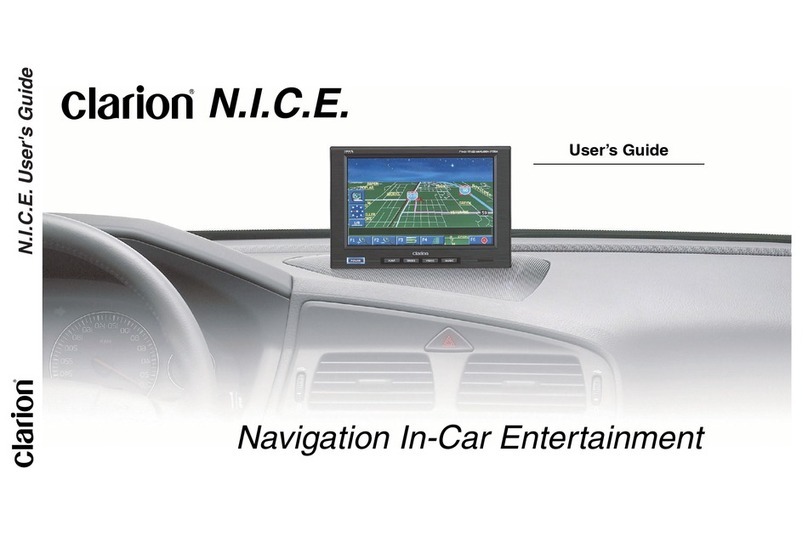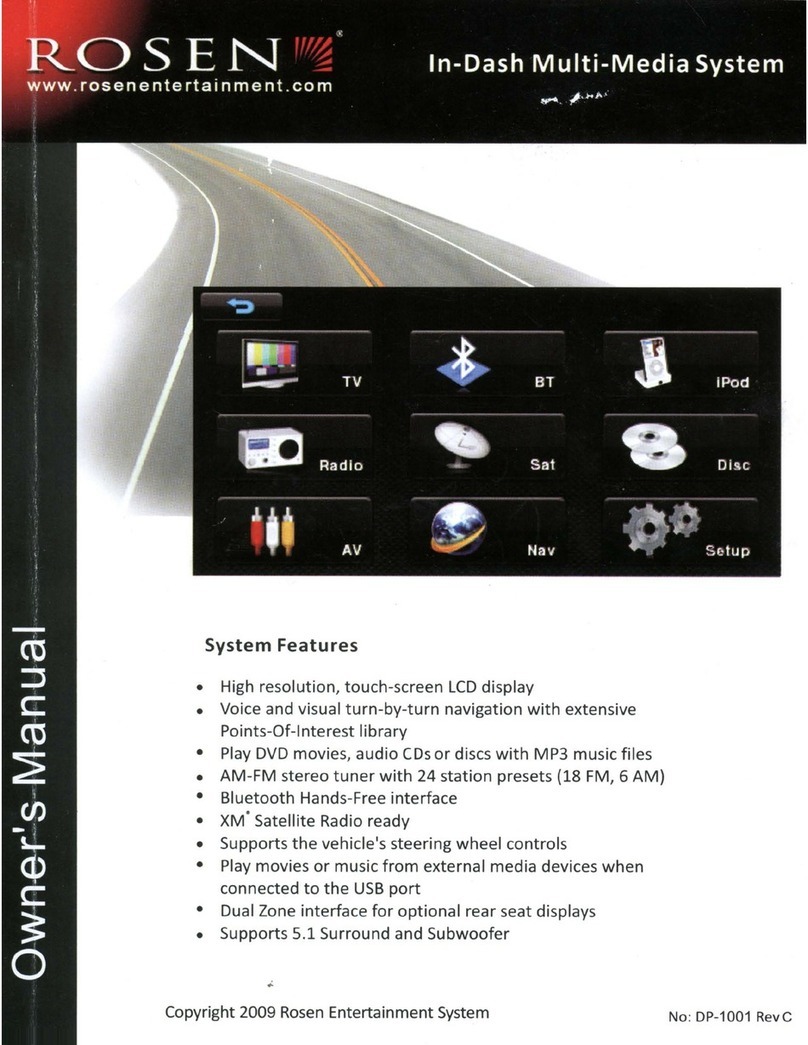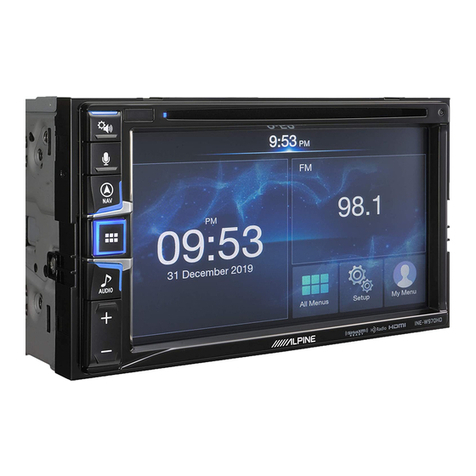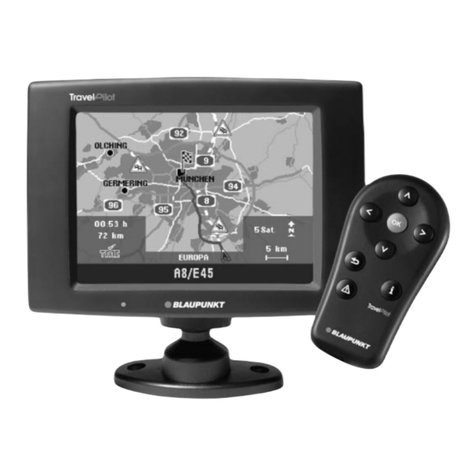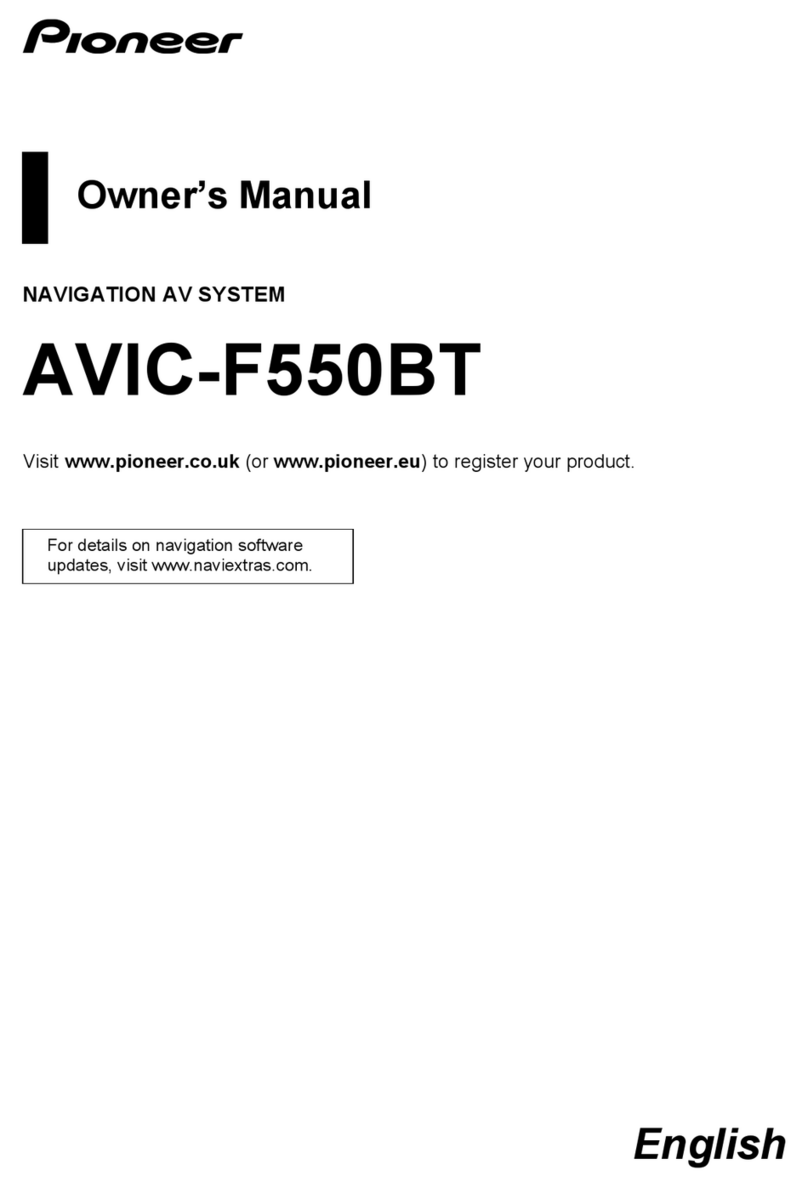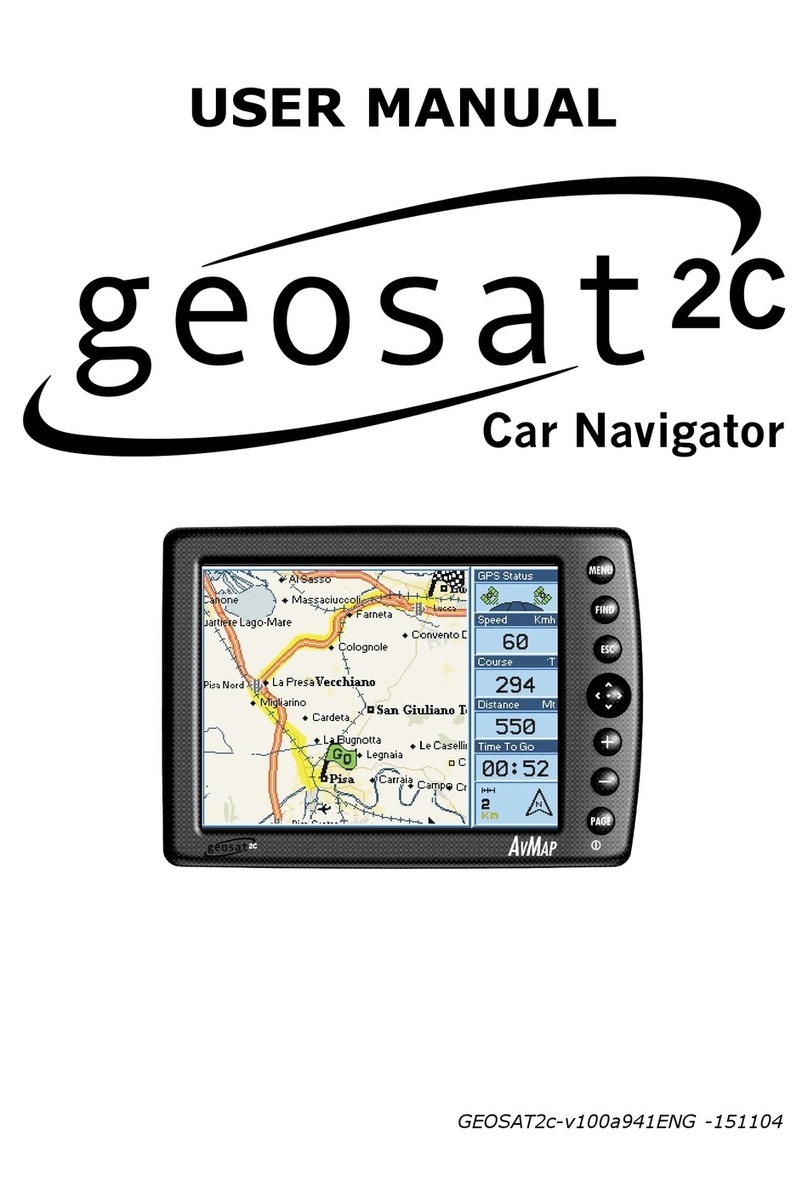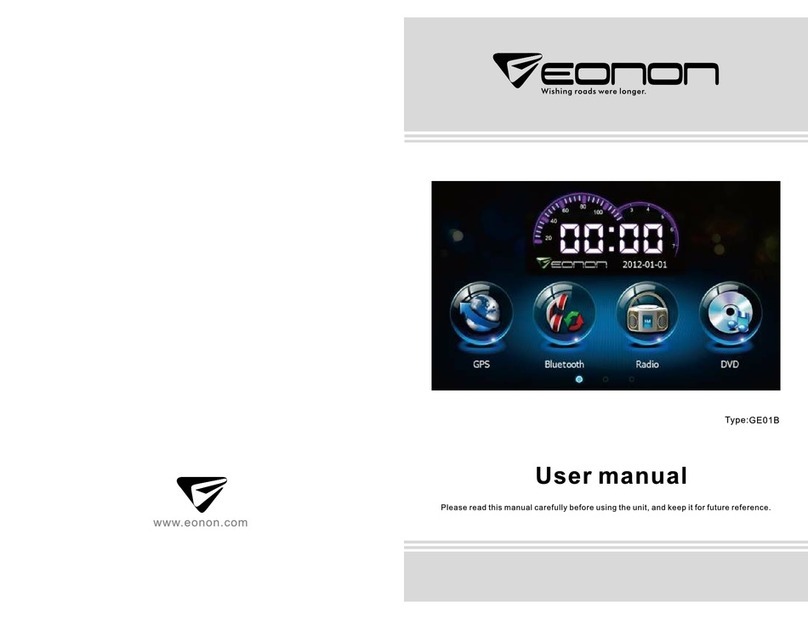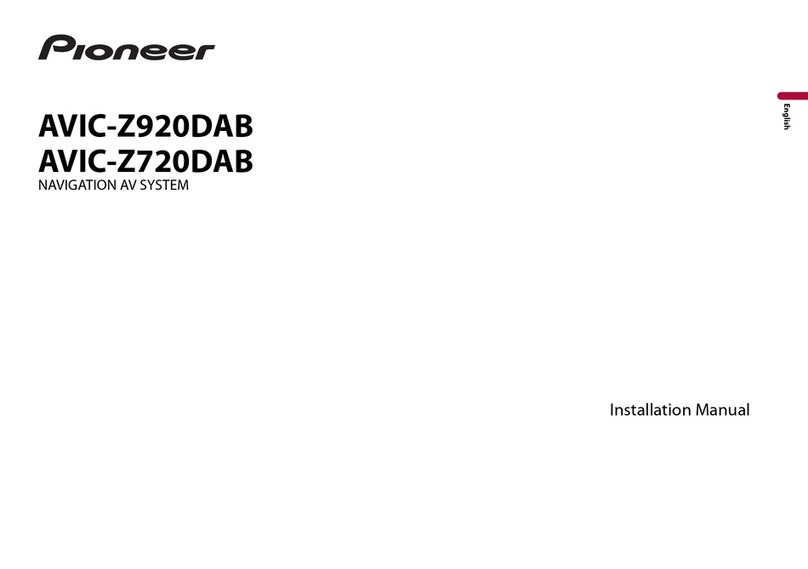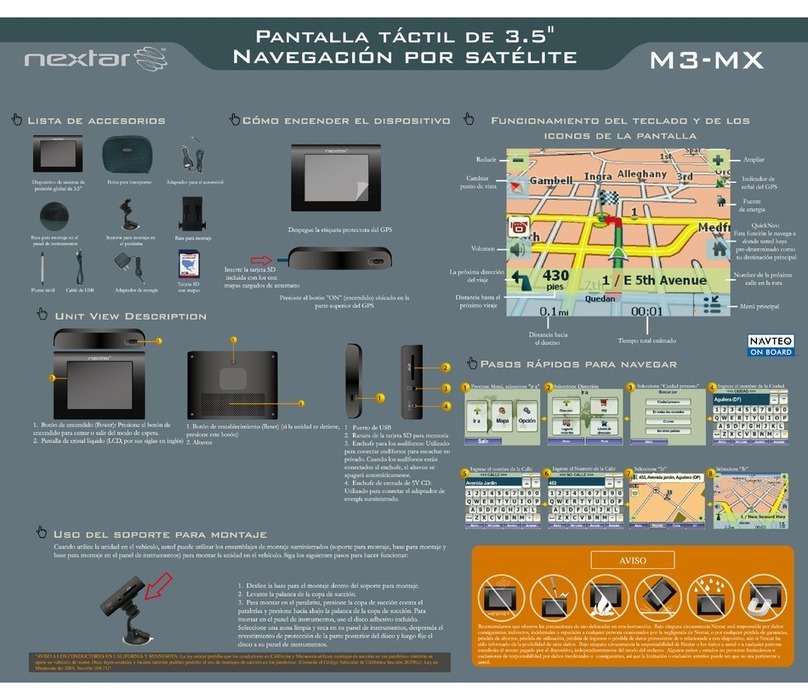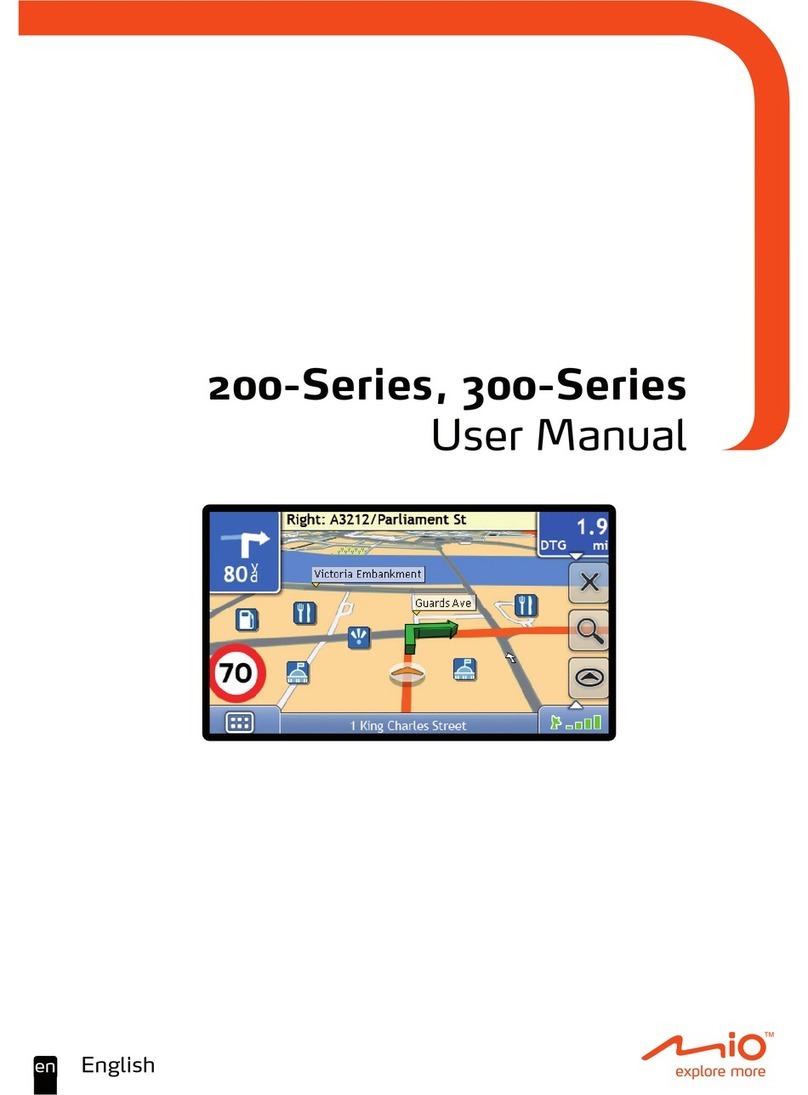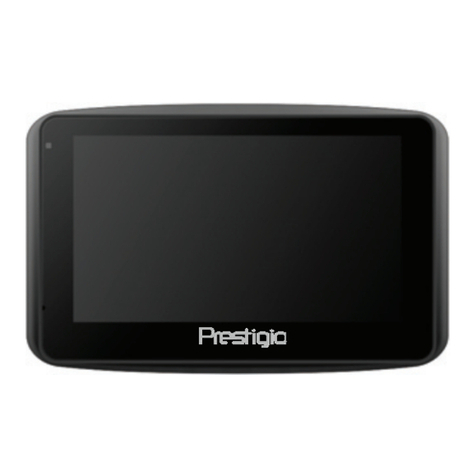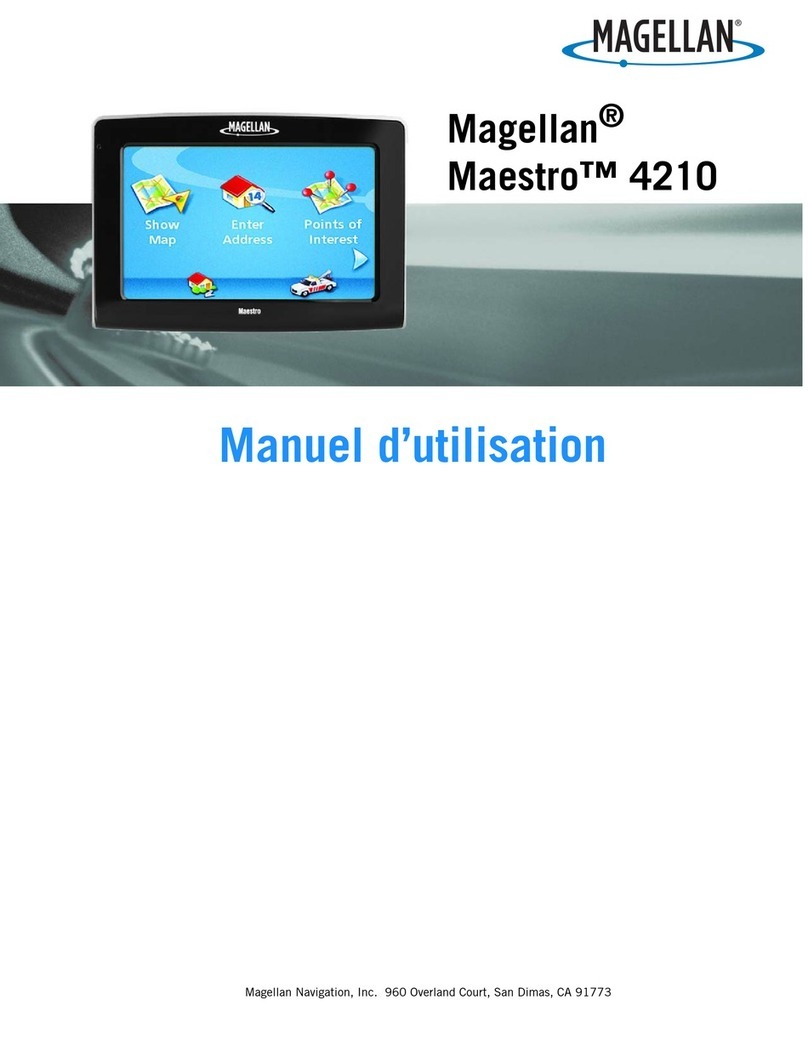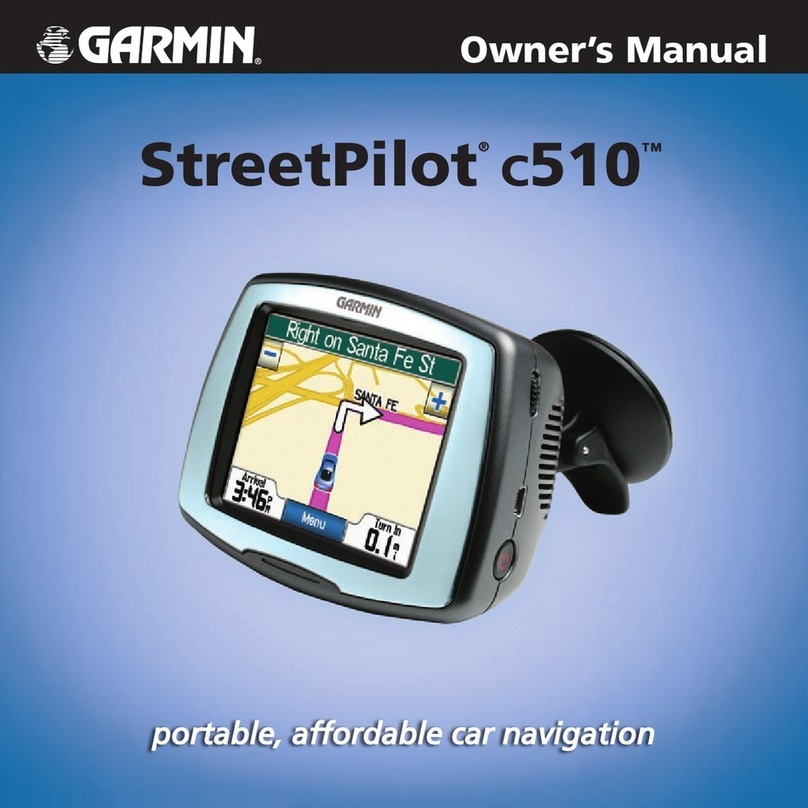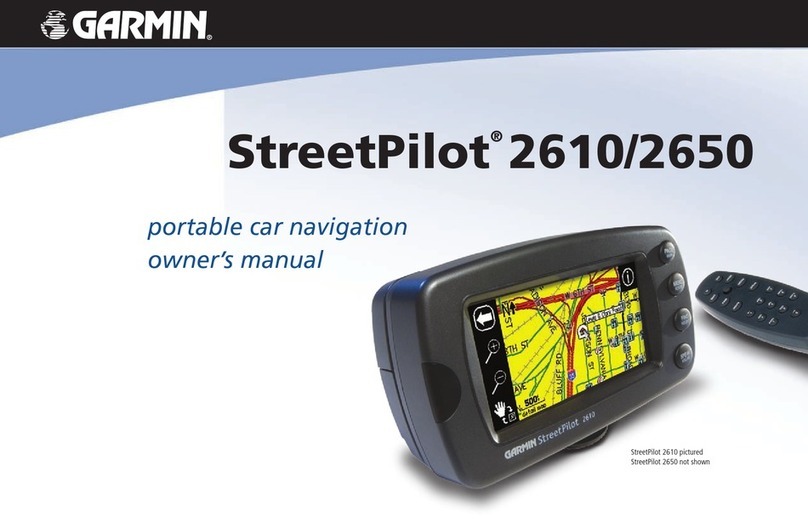
AN3419 Images
Doc ID 018955 Rev 1 9/16
5 Images
This chapter describes tests that can be performed on the VD5376/VD5377 sensors that
involve using the sensors to capture images.
5.1 External
It can be useful to take images with an IR camera to show that the navigation surface is
being illuminated effectively.
Figure 12. Example external image
5.2 Internal
There are two methods of getting images from the VD5376/VD5377 sensors. Both are
described in separate application notes.
●Image download over I2C:
–
AN3415:
VD5376 image download over I2C
(018944)
–
AN3414:
VD5377 image download over I2C
(018941)
●Fast image streaming:
–
AN3417:
VD5376 OFN high speed imaging system
(018949)
–
AN3418:
VD5377 OFN high speed imaging system
(018952)
Image download over I2C is very slow on the VD5376 (0.5fps), this is because of the auto
increment I2C read function. This can be disabled on the VD5377, enabling a much faster
image download. Customers can create their own application or use the ST one, along with
the ST OFN test board (PCB1389C) and ST7 firmware. Although this does require the
customer to create their own adapter board for the OFN (see
Figure 13
for size/connector
details).
